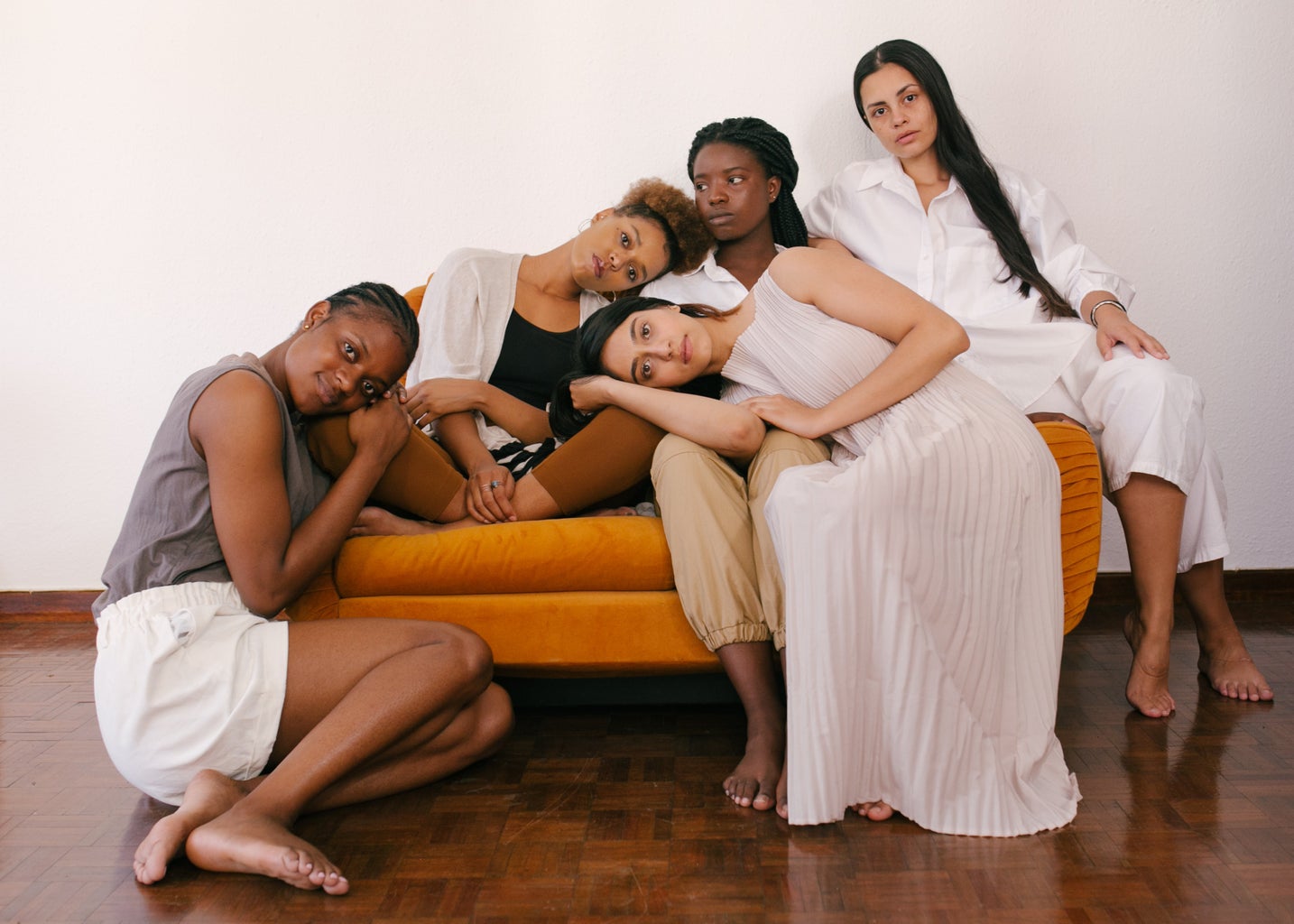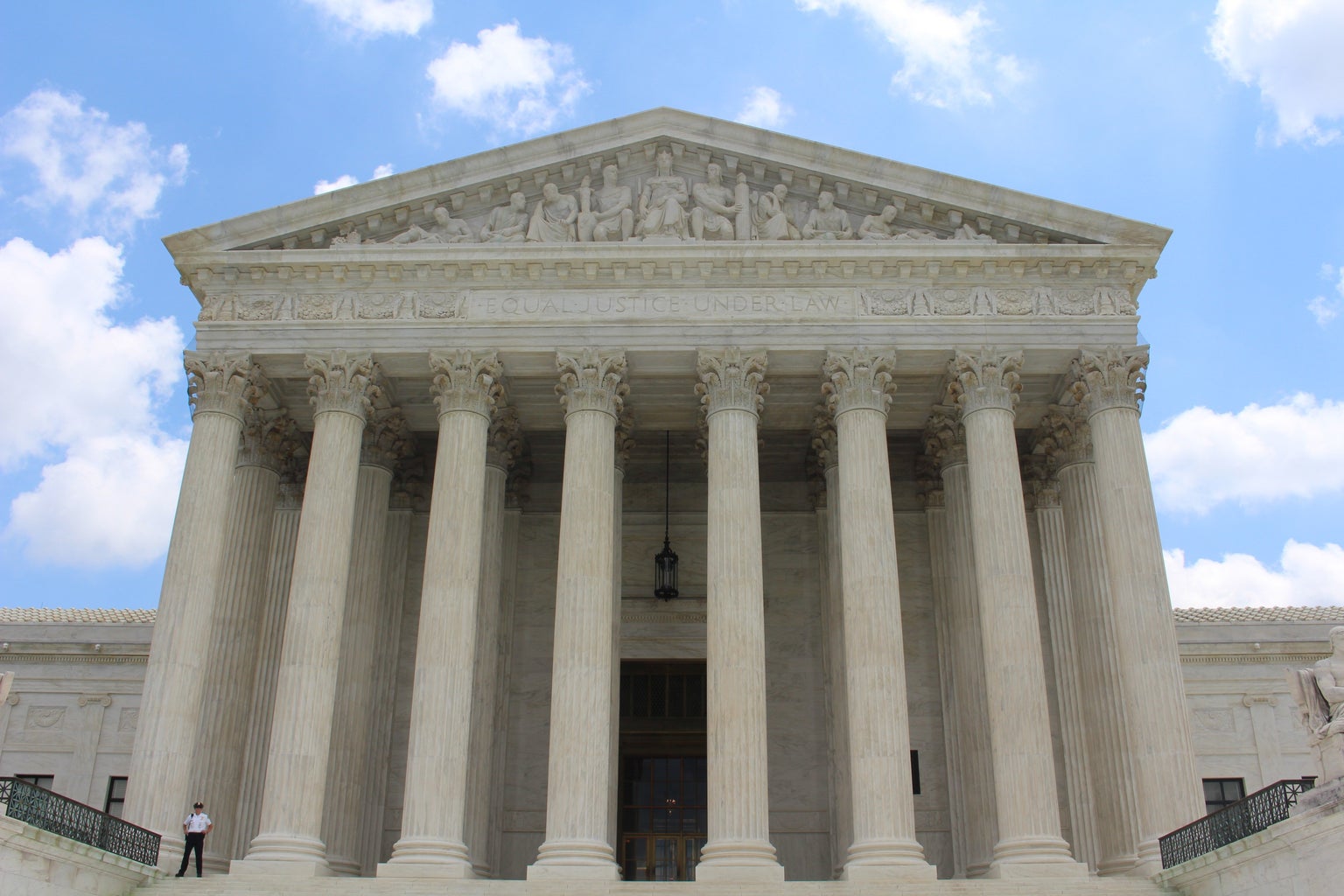Whether man or woman, adult or child, regardless of color, shape, size- you name it- the right to a person’s bodily autonomy should be inherent. Unfortunately, the United States government has made this seemingly inherent right a question to be argued, debated and challenged within the highest court of the law. The Supreme Court has been a key player in addressing the aspects of sex and motherhood, in particular, as it proceeds to determine women’s roles in society, as well as personal life, pertaining to one of the most intimate experiences a woman could ever sustain. While many people may be unaware of the history of women’s reproductive rights, I think it’s important to review the facts of a landmark Supreme Court case called Planned Parenthood v Casey. Let’s explore just one of the many battles that women have had to fight to protect their right to their own bodily autonomy:

At the time of the Planned Parenthood v Casey decision, it had been about 30 years since the court ruled that the Constitution of the United States protects a pregnant woman’s liberty to choose to have an abortion without excessive government restriction in Roe v Wade. At the time of the Casey ruling, the bench was dominated by Justices chosen by Presidents Reagan and Bush, who were not in favor of abortion, and it seemed very likely that the right to abortion would be overturned. The court was made up of Rehnquist, White, Blackmun, Stevens, O’Connor, Scalia, Kennedy, Souter and Thomas (beginning with most liberal and ending with most conservative). The most glaring piece of the decision, for me, is that there was only one woman on the bench when deciding this extremely personal and individual right that exclusively applies to a woman, not a man. Let us not discount the fact that if this were a case about a male’s right to self-autonomy and bodily integrity, it would be an entirely different story in terms of its framing, argumentation and decision. But, in reality, a man’s right to self-autonomy would never be questioned to the extent that a woman’s has been time and time again.

A more moderate opinion was crafted by Justices Sandra Day O’Connor, Anthony Kennedy, and David Souter as they coauthored a plurality opinion, or a decision made when the Court is unable to arrive at one single opinion that is backed by the majority of Justices. This opinion proposed a type of compromise among Justices and upheld Roe, but it did change some of the specifics of abortion requirements by introducing the infamous “undue burden” test. The notion of this undue burden is understood under the realm of reproductive rights as a law that imposes an undue burden on a fundamental right is unconstitutional under current Supreme Court cases. Therefore, the Court ruled that substantial obstacles placed in the path of a woman seeking an abortion of a fetus that is not yet viable are unconstitutional. Furthermore, the viability approach was introduced, claiming that states were allowed to regulate a woman’s right to abortion after the fetus had reached viability, or the stage where a fetus could survive outside of the womb.

Looking at the outcomes and decisions following this case, we can view Planned Parenthood v Casey to have affected the causal chain of reproductive rights as a whole. Though it did result in a more moderate outcome, it established standards by which abortion laws are judged, such as the undue burden test as well as the viability test, and it upheld the woman’s right to privacy established by Roe v Wade. When delving into the legalities behind the reproductive rights of women, we may find a contradiction in the phrase itself. It seems to me that individual liberties should be inherent and not laid out to people in the form of written law or debated in a Court. Rather, the right to self-autonomy and bodily integrity should be upheld across genders, sexes, races, backgrounds and all aspects of the self in order to nurture a society in which individual liberties are the basis for political and social life.


